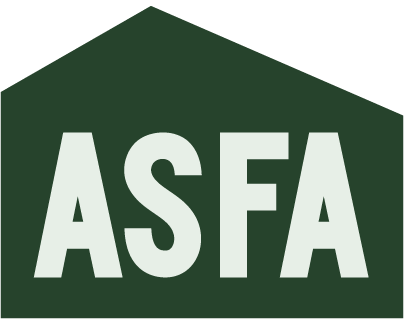WHO HOLDS UP THE MIRROR?
WOMEN, NEIGHBORHOODS, AND PUBLIC EDUCATION IN BLACK MONTREAL
By KATHERINE DIAMOND published in Volume 6 of Between Arts and Science, Pages 31-35, Published online 2024 Oct 14.
Keywords: Women, gentrification, Afro-Canadians, public education, neighborhoods.
ABSTRACT
The Montreal Regional Committee of the National Congress of Black Women (NCBW), acting out of the burrow of Little Burgundy, was juggling a litany of roles in their service to Black Montrealers by the 1980s. Consisting of a mere fifty members, this non-profit had begun to show vested interest in the affordable public education of their fellow Black citizens, especially in regards to the maintenance of positive self-image in the youths of their communities. One project, “Let’s hold that mirror straight- Towards a positive Black image,” took up much of the energy of this passionate group in 1981. However, despite concerted efforts on the part of the organization and enthusiastic second parties, the event ended up being a middling success at best. This essay will consider how the failure of the “Hold That Mirror Straight” conference reflected the wider social issues plaguing Little Burgundy as a result urban renewal projects, which had been present in the neighborhood for decades by 1981. Indeed, this work will analyze the link between the conference’s lackluster success and another pivotal event which rocked the neighborhood at the end of the calendar year: the closure of the local anglophone secondary school, the Royal Arthur School. These two events, I would argue, would cast a shadow over the community for the next decade, and would mark the earliest steps towards the eventual downfall of the Negro Community Centre in 1993.
Katherine Diamond is currently completing a BA Honours in Public History alongside a BA in Irish Studies. This work was written for HIST 390/Urban History Laboratory under Dr. Steven High, interdisciplinary oral and public historian at Concordia University and foun- ding member of Concordia’s Centre for Oral History and Digital Storytelling.
